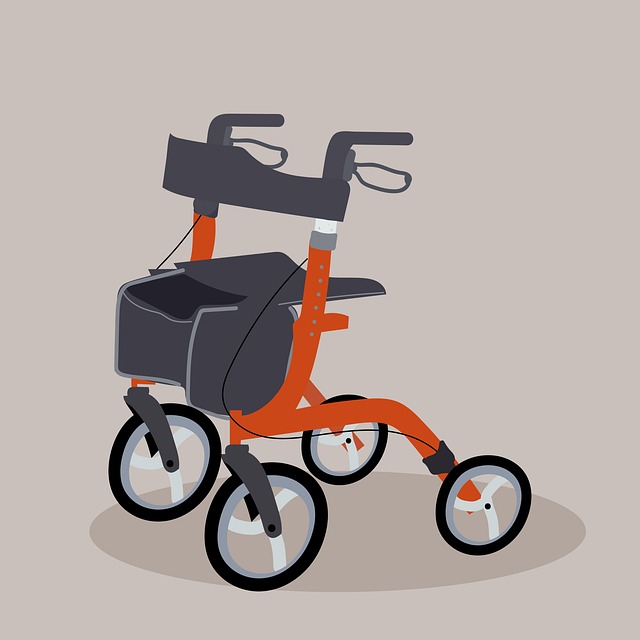Eugene, Oregon, is recognized for its comprehensive and vibrant transportation infrastructure that promotes accessibility for all. Despite being a leader in urban mobility, the city still faces challenges, especially for vulnerable populations like the elderly, individuals with disabilities, and those with low mobility. Key areas for improvement include enhancing public transit connections, providing affordable vehicle access, and addressing gaps in pedestrian paths. By focusing on these aspects, Eugene can create a more equitable transport system, strengthening its reputation as an inclusive transport hub and improving quality of life for its diverse community.
Eugene, Oregon, boasts an evolving transportation landscape, yet opportunities remain to enhance accessibility for all residents. This article explores the current state of transport in the city, highlighting challenges faced by vulnerable user groups and the community’s insights. We delve into best practices for designing inclusive solutions, drawing from successful initiatives worldwide. Additionally, we discuss strategies for implementation and maintenance, emphasizing collaboration, urban planning integration, and technology adoption to foster a more accessible future for Eugene’s inclusive transport system.
- Current State of Transport in Eugene, Oregon: Challenges and Opportunities
- – Overview of existing transport infrastructure
- – Identification of accessibility gaps for different user groups (e.g., elderly, disabled, low-mobility)
Current State of Transport in Eugene, Oregon: Challenges and Opportunities

Eugene, Oregon, boasts an impressive commitment to accessible transport infrastructure, positioning itself as a leader in inclusive urban mobility. The city’s current transport system serves as a vibrant tapestry where diverse modes of transportation interweave seamlessly. From bustling bicycle lanes that crisscross the streets to efficient public bus routes and a growing network of pedestrian-friendly paths, Eugene offers a comprehensive range of options for its residents and visitors alike.
However, challenges remain in ensuring true inclusivity. The region faces opportunities to enhance accessibility for all, particularly for individuals with disabilities and those from diverse socio-economic backgrounds. By addressing issues like improving transportation for the elderly and those with mobility impairments, integrating better transit connections across different neighborhoods, and promoting affordable access to vehicles, Eugene can create a more equitable transport landscape. These efforts will not only strengthen the city’s reputation as an inclusive transport hub but also enhance the overall quality of life for its diverse community.
– Overview of existing transport infrastructure

Eugene, Oregon boasts an impressive network of transport infrastructure that prioritizes accessibility for all its residents and visitors. The city’s roads, public transit systems, and pedestrian pathways are designed with inclusivity in mind, ensuring mobility options for people of varying abilities and ages. This commitment to inclusive transport is evident in the well-maintained bike lanes and accessible bus stops, making it easier than ever to navigate around Eugene.
The existing infrastructure goes beyond basic accessibility, incorporating features like raised crosswalks, tactile paving, and audible signals at intersections. These adaptations cater specifically to individuals with visual or auditory impairments, enhancing safety and independence while navigating the city. Moreover, the diverse range of transportation modes – from efficient bus services to bike-sharing programs – promotes a sustainable and accessible mobility culture in inclusive transport Eugene Oregon.
– Identification of accessibility gaps for different user groups (e.g., elderly, disabled, low-mobility)

In Eugene, Oregon, efforts to create an inclusive transport infrastructure have been ongoing, yet certain accessibility gaps remain for various user groups. The elderly, individuals with disabilities, and those with low mobility face challenges that hinder their full participation in the city’s transportation network. For instance, many public transit routes lack specialized services or facilities such as wheelchair ramps, accessible buses, and well-marked pedestrian paths, making navigation difficult.
These gaps are particularly evident in areas with limited service coverage or inadequate infrastructure design. The absence of tactile paving for the visually impaired, clear signage for all users, and audible announcements on public transport further complicates travel. Addressing these issues requires a multifaceted approach involving city planning, transportation authorities, and community engagement to ensure that Eugene’s transport infrastructure is genuinely inclusive for all residents.
